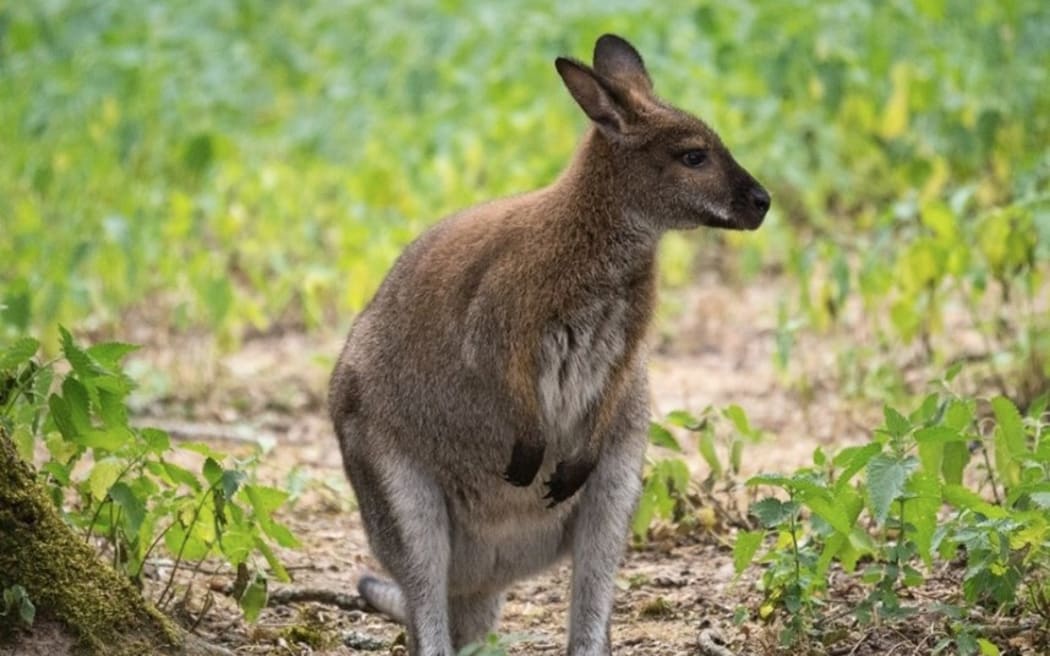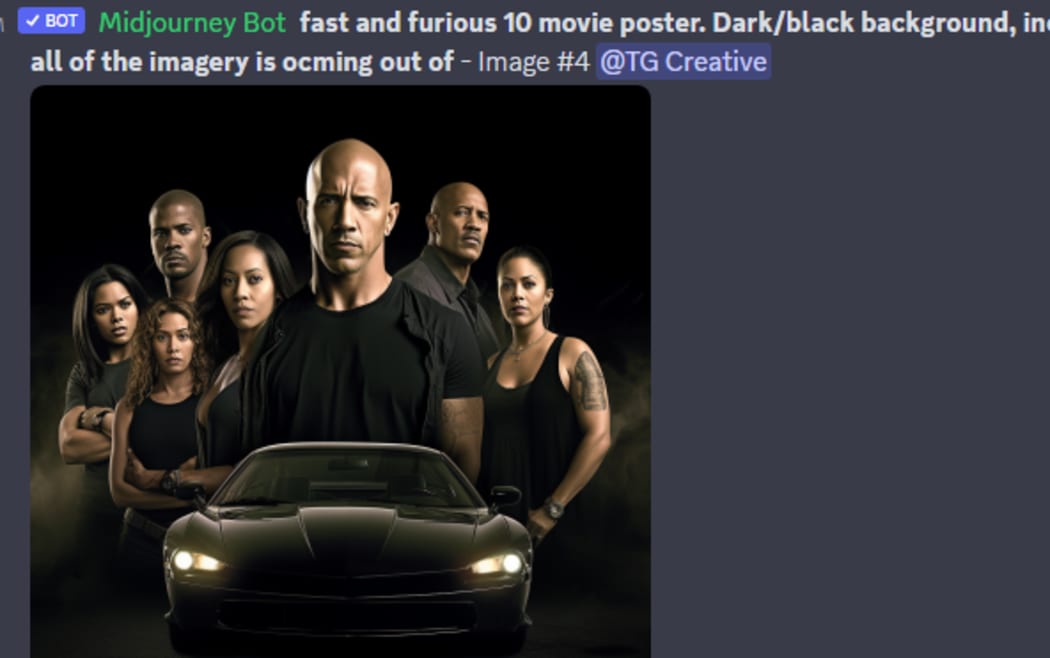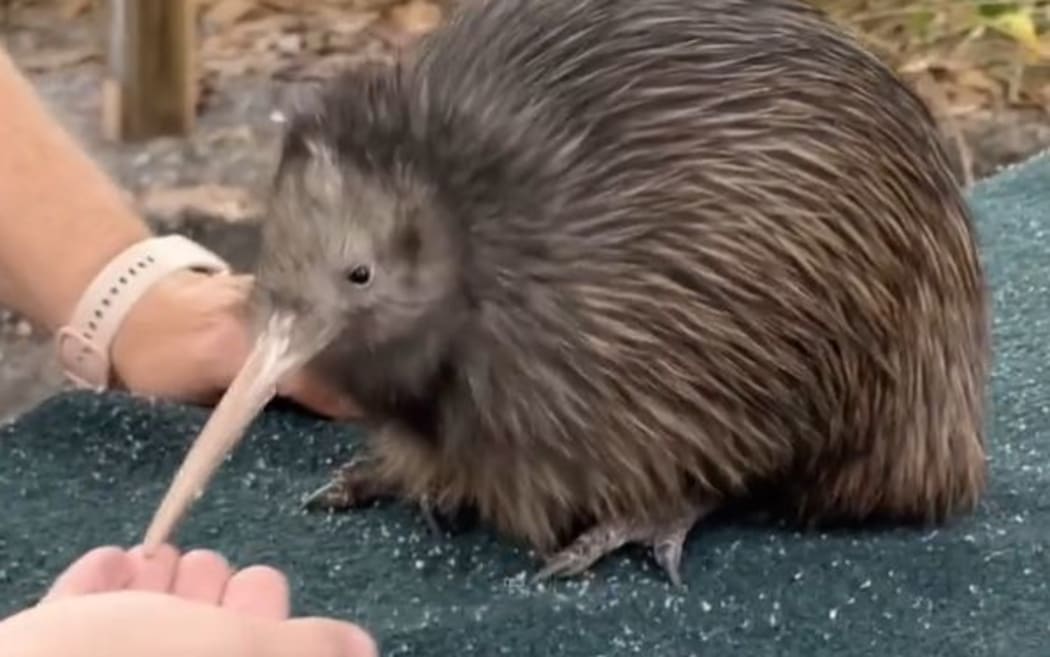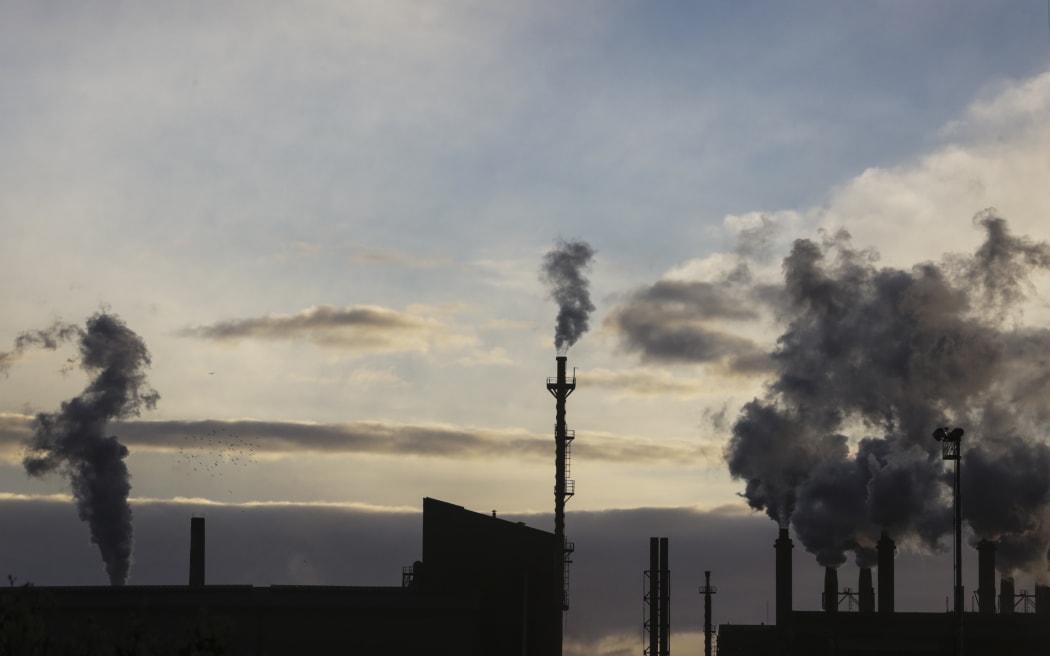Every weekday, The Detail makes sense of the big news stories. This week, it was joint winner of the Best Factual Podcast – Episodic at the NZ Radio Awards.
This week, we looked at the threat wild pest wallabies pose to Aoraki Mt Cook, the scams targeting Pacific Islander communities, the long shadow over New Zealand's upcoming general election cast by artificial intelligence technologies, how zoos care for taonga species far away from their homelands, and where the government's big, emissions-cutting NZ Steel deal leaves other big polluters.
Whakarongo mai to any episodes you might have missed.
The wallabies threatening a national park
Ripping up farms and edging closer to one of our pristine national parks – wallabies have been here for well over 100 years, but there's concern they've become a pest we've lost control of.

Photo: Supplied
In South Canterbury, a containment area of about 900,000 hectares was set up to try and stop them spreading, but the wallabies are leaking through the boundary – and now, they're headed for Aoraki Mt Cook.
In an effort to deal with the problem, in 2020 the government gave $27.5 million in funding over four years for Tipu Mātoro, the national wallaby eradication programme.
Tom Kitchin speaks to Environment Canterbury wallaby programme lead Brent Glentworth and science team leader for wildlife ecology and management at Manaaki Whenua Land Research Bruce Warburton.
'They get sold a dream': When big returns don't eventuate
Authorities are increasingly concerned about the rise of suspected investment scams - and their potential impact on some of our most vulnerable communities.

Photo: 123RF
CERT NZ, the country's cyber security watchdog, is particularly worried. The agency's incident response team manager, Jordan Heersping, says people looking for financial advice were caught out by a scam earlier this year that used malicious Google advertisements.
"The ads would appear above legitimate search listings. For example, when someone searched 'invest money New Zealand', the first one or two results would be advertisements. Unfortunately in these cases, these advertisements would be malicious."
The scam netted about $3 million in just a few weeks.
Tom Kitchin finds out more.
This election year, we need to brace ourselves for AI
'Synthetic media', 'fragmented realities' and 'malicious actors' are phrases creeping into everyday language, as artificial intelligence becomes a bigger part of our lives.

The National Party has been creating stock images for its campaign ads by running prompts through image-generating software Midjourney. Photo: Screenshot
And as the election gets closer, even AI fans are warning we could be drowning in so-called deepfakes, where true images, videos or audio tracks are manipulated to look real - but aren't.
Sharon Brettkelly speaks to Ben Reid, a daily user of AI and author of tech newsletter Memia.
"Our ability to distinguish what is real from what is fake online is rapidly going to be eroded by the industrial use of synthetic technology," Reid says.
How do zoos keep taonga safe?
A kiwi encounter at an American zoo has caused an outrage, and raised questions about how our taonga species are treated when they go overseas.

Paora is one of 60 kiwi living overseas as part of a government loan scheme. Photo: Twitter / Miami Zoo
But New Zealand plays host to a number of animals precious to their home countries – Wellington Zoo welcomed two snow leopards in April.
What protections exist for these critters to guarantee they receive appropriate care?
Tom Kitchin speaks to Save the Kiwi executive director Michelle Impey and Wellington Zoo chief executive Karen Fifield.
What next for NZ's big emitters?
The $300 million deal between NZ Steel and the government to nearly halve the company's coal use is seen as a game changer in the country's battle to reach zero carbon by 2050 – and the pressure is on other big polluters to show what they're doing.

NZ Steel's Glenbrook mill Photo: RNZ / Rebekah Parsons-King
Newsroom's Rod Oram was at Glenbrook Steel Mill in South Auckland last month, when plans were unveiled to put in a clean electric arc furnace by 2027, cutting coal-dependent NZ Steel's carbon emissions by 800,000 tonnes a year –or one percent of New Zealand's total carbon emissions.
Oram calls the deal a wise move by the company, but he tells The Detail that it doesn't help New Zealanders along the "behaviour change route for all those myriad sources of emissions".
Oram speaks to Sharon Brettkelly.
Long Read: The Preppers Next Door
This is The Detail's Long Read - one in-depth story read by us every weekend.

Paul Flint says he always kept his supplies packed in his garage, and that he could load his van in 30 minutes tops. Photo: Cameron James McLaren / NZ Geographic
This week, we're diving into the back catalogues. It's The Preppers Next Door by Tom Doig, published in New Zealand Geographic magazine's November/December 2022 issue.
You can read the full article, with accompanying photos by Cameron James McLaren, here.
When Tom Doig started reading about doomsday preppers and survivalist subcultures, his first question was: “What if they’re crazy?” His second question was: “What if they’re right?”
Check out how to listen to and follow The Detail here.
You can also stay up-to-date by liking us on Facebook or following us on Twitter.

Photo:


